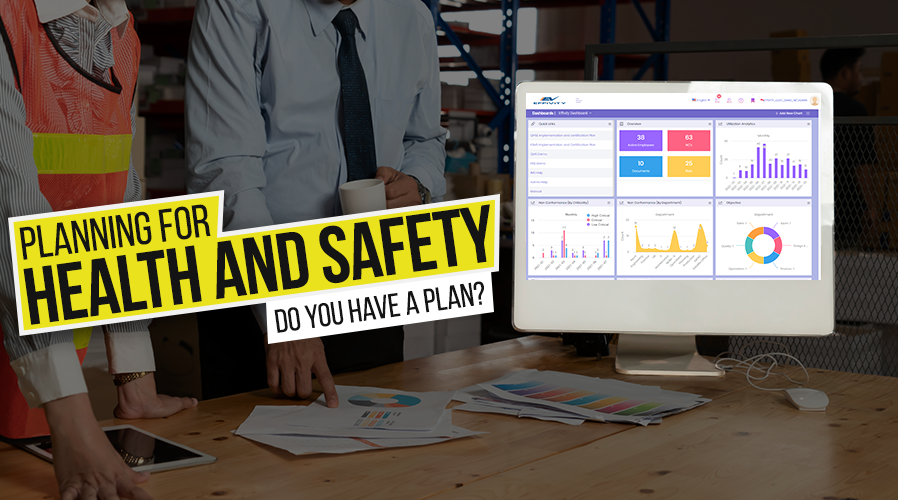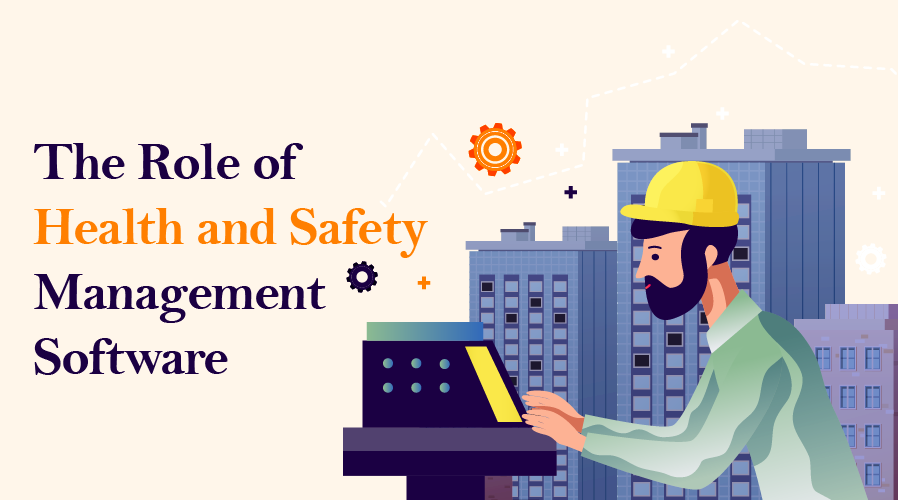
If you have some idea of how the ISO standards are written, you will know that a fundamental principle that appears in virtually all the standards, including ISO 9001, ISO 14k, and ISO 27k, is the process approach. This approach also applies to OHSAS 18001. This could result in a considerable saving resources if your company has already implemented one of these management systems, be it a QMS, EMS, or InfoSec system, and now want to implement OHSAS 18001. Let’s have a detailed look at the approach and find out how we can use beneficially.
A definition for the process approach
A process could be defined as a number of sequential activities linked by a similar approach to yield a consistent service or product for customers. If your company uses this method to convey the environmental and / or quality components of the strategic performance, integrating your Occupational Health and Safety into these processes make sense for the business.
If you do however not use this approach in your company yet, establishing it requires specific steps to make sure that products and services are consistent:
- Defining processes: Critical process outputs and inputs should be defined. When doing so, all supply chain, as well as internal and external processes should be considered. You should also look at the methodology your processes will utilize, as well as supporting information, including flowcharts, documentation, visual aids and other methods considered to be suitable. It is critical that this phase always includes education of and communication with your employees, especially since health and safety concerns are considered. It is crucial that all stakeholders be aware of the details of the processes implemented, and also the desired outcomes for the company within this methodology.
- Process management responsibility: It is critical that you immediately establish responsibilities for processes within this structure. These should include health and safety activities. The process manager should not only understand health and safety processes, but must be able to change them and have the authority to delegate tasks relating to the process. This includes allocating resources, mapping the processes and ensuring that your OH&SMS is continually improved.
- Measure and review: This part is once again critical for both ensuring performance improvement and customer satisfaction. You will only be able to take actions for improvement and consult with customers to ensure their satisfaction after the outputs of your OH&SMS and associated processes have been reviewed.
- Identify customer needs: If customers are not consulted and ultimately satisfied, the process approach has failed for your company. Importantly, this includes prevention of accidents and hazards in terms of your OH&S management system.
- Performance improvement: Opportunities for improvement will only become evident once the outputs of the system have been reviewed. This improvement is the foundation of the OHSAS 18001 standard, as well as the other members of the ISO family of standards, including ISO 9001 (Quality), ISO 14001 (Environmental), and ISO 27001 (Information Security).
There are compelling reasons for using the process approach with your management systems, and also to combine your OH&SMS activities with other business activities. Let’s look at how this can be done correctly to derive maximum benefit from the process.
How can the process approach benefit you?
The benefits of using the process approach in your OH&SMS can only be attained if certain considerations are made to make sure that your processes are properly aligned. All integrated processes must be compatible. To check this, compare your processes and ensure that its inputs and outputs are comparable. Your company should also align its methodologies and resources to achieve the wanted results.
Integrating your OH&S system into a process approach could result in massive benefits, but this can only be achieved if time and resources are not wasted by not aligning processes correctly. You should also ensure that there is no deviance from system processes. Integrating your OH&SMS and the related activities into the process approach could result in a consistent performance and a culture fostering continual improvement. This will not only benefit your employees, but also your customers.
ISO 9001 quality management systems (QMS) are implemented using MyEasyISO software in Chiang Mai (Thailand), while ISO 14001 & OHSAS 18001 Health Safety Management Systems (HSE) are implemented with MyEasyISO in Varanasi (India).











